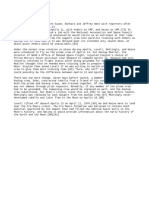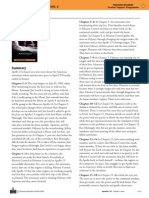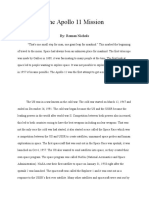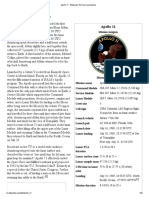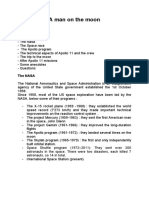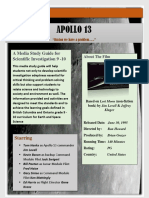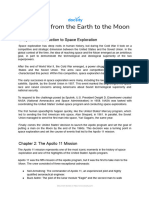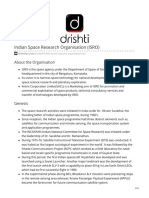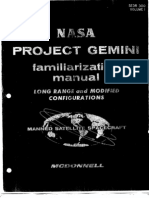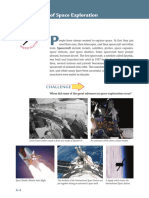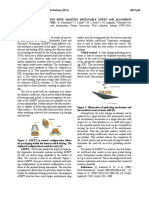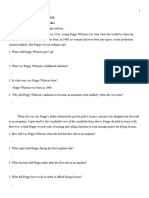0% found this document useful (0 votes)
19 views3 pagesBackground: Columbia
In 1961, President Kennedy challenged the U.S. to land an astronaut on the Moon by the end of the decade, culminating in the successful Apollo 11 mission on July 20, 1969. Apollo 13, intended for precision lunar landings and scientific exploration, faced challenges due to crew changes and health issues just before launch. The mission was led by Commander Jim Lovell, with significant contributions from flight directors and support crews in Mission Control.
Uploaded by
tracaninCopyright
© © All Rights Reserved
We take content rights seriously. If you suspect this is your content, claim it here.
Available Formats
Download as DOCX, PDF, TXT or read online on Scribd
0% found this document useful (0 votes)
19 views3 pagesBackground: Columbia
In 1961, President Kennedy challenged the U.S. to land an astronaut on the Moon by the end of the decade, culminating in the successful Apollo 11 mission on July 20, 1969. Apollo 13, intended for precision lunar landings and scientific exploration, faced challenges due to crew changes and health issues just before launch. The mission was led by Commander Jim Lovell, with significant contributions from flight directors and support crews in Mission Control.
Uploaded by
tracaninCopyright
© © All Rights Reserved
We take content rights seriously. If you suspect this is your content, claim it here.
Available Formats
Download as DOCX, PDF, TXT or read online on Scribd
/ 3
